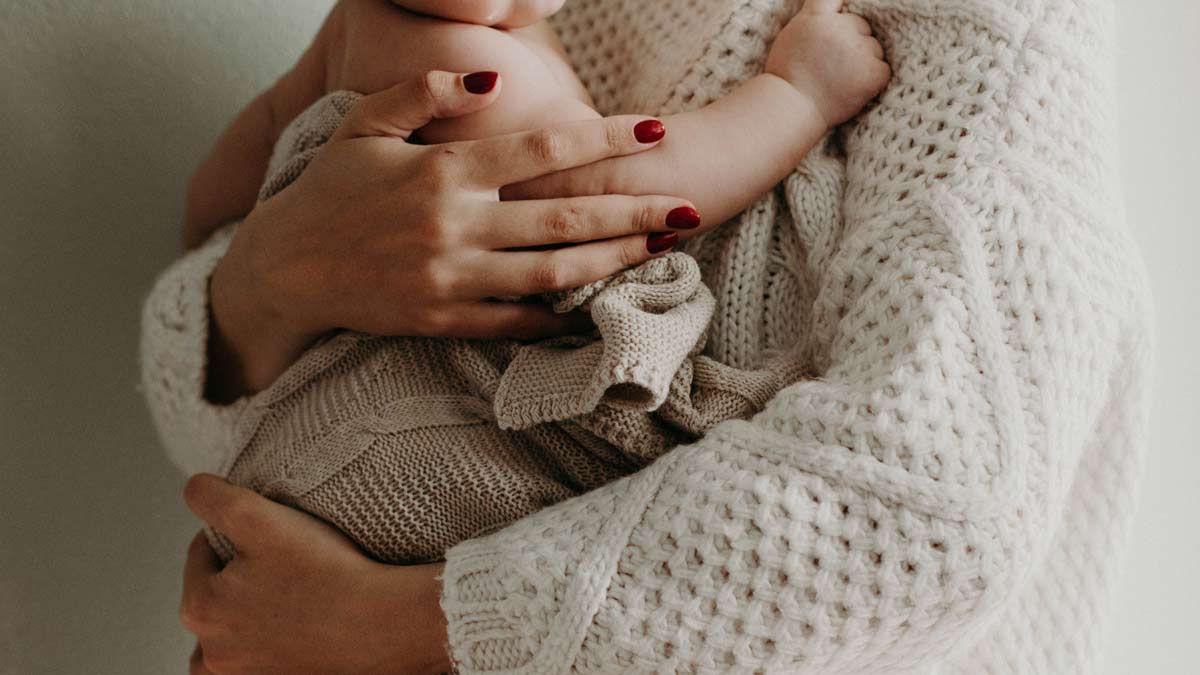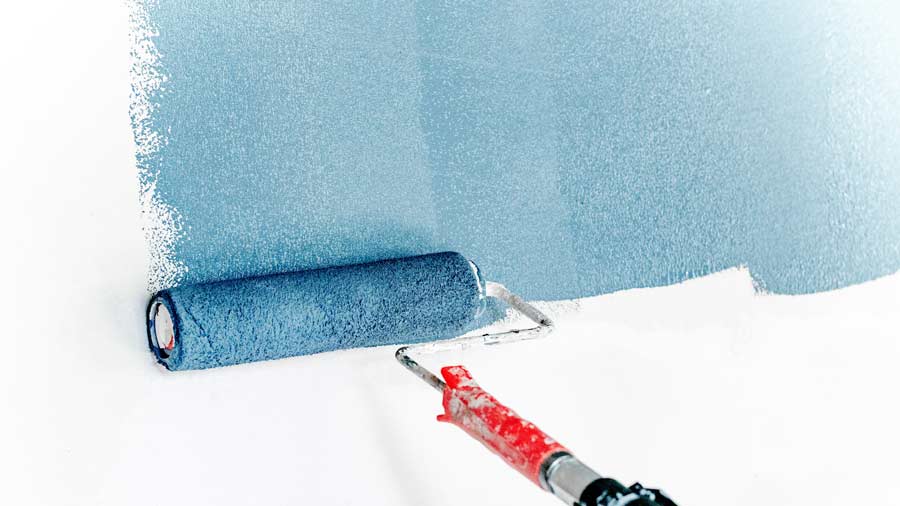
Are You Using Baby Safe Cleaning Products?
Written by Tenley Haraldson. Medically-reviewed by board-certified pediatrician Dr. Ryan Blackman DO, FAAP.
Whether you’re pregnant, a new parent, or a cautious caregiver, there’s never been a better time to reach for baby safe cleaning products. But phrases like “non-toxic” and “natural” might be misleading – and they don't necessarily mean that certain chemicals are totally innocuous.
Discover what to do if your child was exposed to chemical cleaners, why using safe household cleaners is so important, and how to find the best cleaning products for your home.
The 4 Most Dangerous Household Cleaning Products

Many cleaners often come in brightly-colored packaging and pleasant scents. That leads many children to think they're harmless (or even delicious). While most harsh cleaning products are child-proof, some clever kids can still get into the tamper-proof containers.
Though there are plenty of potentially dangerous ingredients out there, these are the top cleaning products to avoid:
1. Acid-Based Cleaners

From targeting hard water stains to toilet bowls, acidic cleaners can range from mild (and relatively safe) to highly-corrosive. It all depends on the type of acid they contain.
Those that derive their dirt-dissolving power from vinegar or citrus fruits are often good for dissolving soap scum and hard-water spots from surfaces. If misused, some of these could cause some eye, skin irritation, or tissue damage (if ingested).
Stronger acidic cleaners may contain phosphoric acid, hydrochloric acid, and/or sulfuric acid. These types of caustic cleaners are often used to clean toilet bowls, bathtubs, concrete, and rust. Direct contact can cause serious damage to the eyes, lungs, and skin.
2. Alkaline Cleaners
Common oven cleaners, drain cleaners, window cleaners, dishwasher detergents, and various scouring powders belong to a group of cleaners called “alkalis.” Most are poisonous and stronger products can cause skin burns and eye irritation.
Milder alkaline cleaners products usually contain sodium bicarbonate (ie. baking soda) or ammonia to clean glass and other surfaces. The most powerful alkali cleaners often utilize sodium hydroxide (otherwise known as lye) to destroy bacteria, break up tough clogs in drains, and tackle caked-on messes.
Pro Tip: Our plant-based Natural Surface Cleaner has a basic formula (the opposite of acidic). It's safe for use on practically every non-porous surface around your home.
3. Organic Solvents

Paint thinners, varnish removers, and degreasers belong to a group of carbon-based cleaners which contain organic solvents. These powerful chemicals are used to dissolve oil, wax, paints, and varnishes in order to clean surfaces and/or prep them for repainting.
Organic solvent side effects depend on the specific chemicals and exposure time, but common ones are dizziness, headaches, and eye, nose, and throat irritation.
4. Bleach

While lemon juice and vinegar can act as natural whiteners, most commercial bleach uses chlorine or hydrogen peroxide (ie. oxygen bleach). Chlorine poisoning can cause serious burns to the mouth, throat, and stomach. Vision loss and skin damage may occur with external exposure.
The Potential Dangers of Mixing Bleach
Mixing bleach with other chemicals is risky – and can even be fatal. It's important to avoid combining the following ingredients:
- Bleach and ammonia
- Bleach and rubbing alcohol
- Bleach and acids
Note: Since ammonia is can be found in glass cleaners, paints, and urine, avoid using bleach to clean litter boxes and diaper pails.
Cleaning Product Poisoning Is More Common Than You Think
According to the CDC, 300 children require emergency treatment for accidental poisoning every day. On average, two of these cases are fatal. When it comes to accidental poisonings, toddlers are in the highest risk group.
The National Poison Data System records data collected from the nation’s 55 poison control centers. In 2020, cleaning products were the second leading cause of accidental poisonings in children 6 and under.
"There’s never a bad time to do a 'safety check' on the products used to clean and disinfect your home. Children under 6 are especially curious and explorative of their environment. Despite our best intentions and reinforced safety proofing, children may find themselves in harm’s way - Dr. Ryan Blackman, board-certified pediatrician.
Cleaning Chemical Poisoning Symptoms

Every parent, guardian, and caregiver should know the most common cleaning chemical poisoning symptoms:
- Burns or redness around the lips/mouth
- Coughing or choking
- Burning eyes
- Itching and/or blistering of the skin
- Confusion or altered mental state
- Difficulty breathing
- Drowsiness
- Odor of chemicals on the breath
- Vomiting
What to Do if Your Child Shows Poisoning Symptoms
If your child shows any signs of poisoning mentioned above, call 911 immediately. Be prepared to describe the victim’s age, weight, and any information about the substance they were exposed to (e.g. when, how much may have been ingested).
If the package or container is nearby, a poison control center representative will ask you for information on the label and provide directions on how to assist the victim.
Note: If you think that your child may have accidentally ingested a cleaning product – even if they don’t exhibit symptoms – call Poison Help at (800) 222-1222 or your local poison control center. Save these numbers in your mobile phone.
5 Simple Tips on Safe Household Cleaner Use

There are five simple ways to prevent exposure to caustic cleaners, and it starts with the storage locations as well as the products you choose:
1. Baby Proof Cleaning Chemicals
Children won’t be exposed to home cleaning chemicals if they can’t reach them:
- Leave cleaning products capped/sealed whenever they’re not in use.
- Secure cupboards and drawers with easy-to-install baby-proof cabinet locks.
- Adjust and update child-proofing systems once kids start walking (this includes securing overhead cabinets, too).
2. Never Mix Cleaning Products
Avoid mixing cleaning products or using cleaners for any non-intended use. If you want to use different products to clean and/or disinfect household surfaces, always check the ingredients to avoid potentially dangerous reactions. Thoroughly rinse surfaces with water after using each product.
Pro tip: When you choose any Puracy cleaning product, you'll never have to worry about accidentally combining reactive chemicals.

3. Throw Away Empty & Broken Products
If the original product container is broken or no longer closes properly, safely dispose of it. Trash cans with locking lids can help prevent children from getting their hands on them.
4. Use Caution If Reusing Containers
If you’re transferring cleaning products to another container, don’t use one that has previously contained other reactive chemicals (like ammonia or chlorine bleach). If you do, be sure to thoroughly wash and rinse it first.
5. Choose Baby Safe Household Cleaning Products Whenever Possible

The best way to keep kids away from potentially harmful cleaning products? Replace them with safe household cleaners instead!
Puracy Natural Surface Cleaner clears gunk and grime from floors, glass, toys, high chairs, diaper pails, and more. Follow with our baby safe disinfectant spray to eradicate more than 99.9% of bacteria and viruses. Biodegradable and fume-free, you don't have to worry about combining them.
Safe Cleaning Products Start with Each Ingredient

Our effective plant-based cleaning products have been tested to ensure the safety of families everywhere. That's why we’re completely transparent about every Puracy ingredient.


























